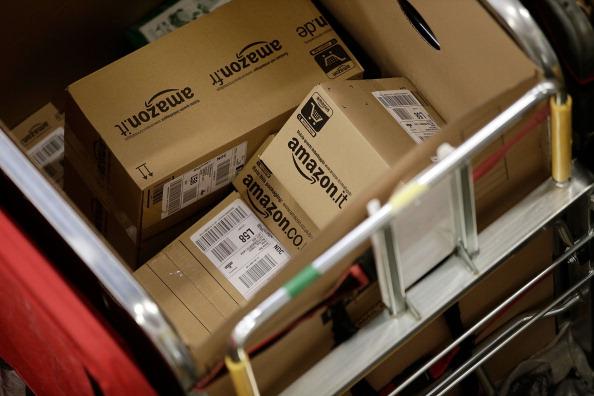The Independent's journalism is supported by our readers. When you purchase through links on our site, we may earn commission.
Amazon Prime: why unlimited shipping is too good to be true
Amazon Prime costs $99 or £79 after an initial, 30-day “free" trial

Your support helps us to tell the story
As your White House correspondent, I ask the tough questions and seek the answers that matter.
Your support enables me to be in the room, pressing for transparency and accountability. Without your contributions, we wouldn't have the resources to challenge those in power.
Your donation makes it possible for us to keep doing this important work, keeping you informed every step of the way to the November election

Andrew Feinberg
White House Correspondent
Amazon comes into its own at Christmas time, when people start to consider the horror of sloshing around on a wet highstreet with hundreds of other shoppers in the battle to buy gifts.
Last year, tens of millions of shoppers stayed home instead and signed up to Amazon Prime to get unlimited one-day delivery and perks including streaming of movies and songs.
Amazon Prime costs $99 or £79 after an initial, 30-day “free" trial. The service has been criticised for automatically converting people on trials to the paid for service at the end of the 30-days.
But a look at Amazon's accounts shows that even those accidental subscribers are onto a good deal. Prime has massively boosted sales at Amazon because customers do not have to factor in one of the more annoying parts of online shopping – the adding shipping costs.
Amazon Prime members spend almost twice as much as other Amazon shoppers, according to some estimates. But they are also fuelling Amazon’s exponential losses on shipping, as the chart shows.
Why does Amazon keep Prime even though it makes a loss? Like a newspaper sells ads based on its number of subscribers, Amazon keeps its shareholders happy by showing them that it can make future sales through Prime customers.
Amazon also charges fees to guarantee merchants and uses this cash to offset Prime shipping losses. Merchants pay to participate in the “Fulfilled By Amazon” scheme and get handling, packing, weighing of products and also, in some cases, monthly storage, which gets more expensive depending on the time of year.
“Put another way, Amazon rents out its warehouse space and charges merchants for fulfilment services and inventory management, but in return, merchants know that Prime members spend a lot more and highly prefer to buy products that are eligible for Prime shipping,” writes Evan Niu, a technology specialist.
Those charges help Amazon to recoup some of its losses – but they do not make up the gap. Which means Prime customers should make the most of a good deal for as long as it lasts.
Subscribe to Independent Premium to bookmark this article
Want to bookmark your favourite articles and stories to read or reference later? Start your Independent Premium subscription today.
Join our commenting forum
Join thought-provoking conversations, follow other Independent readers and see their replies
Comments